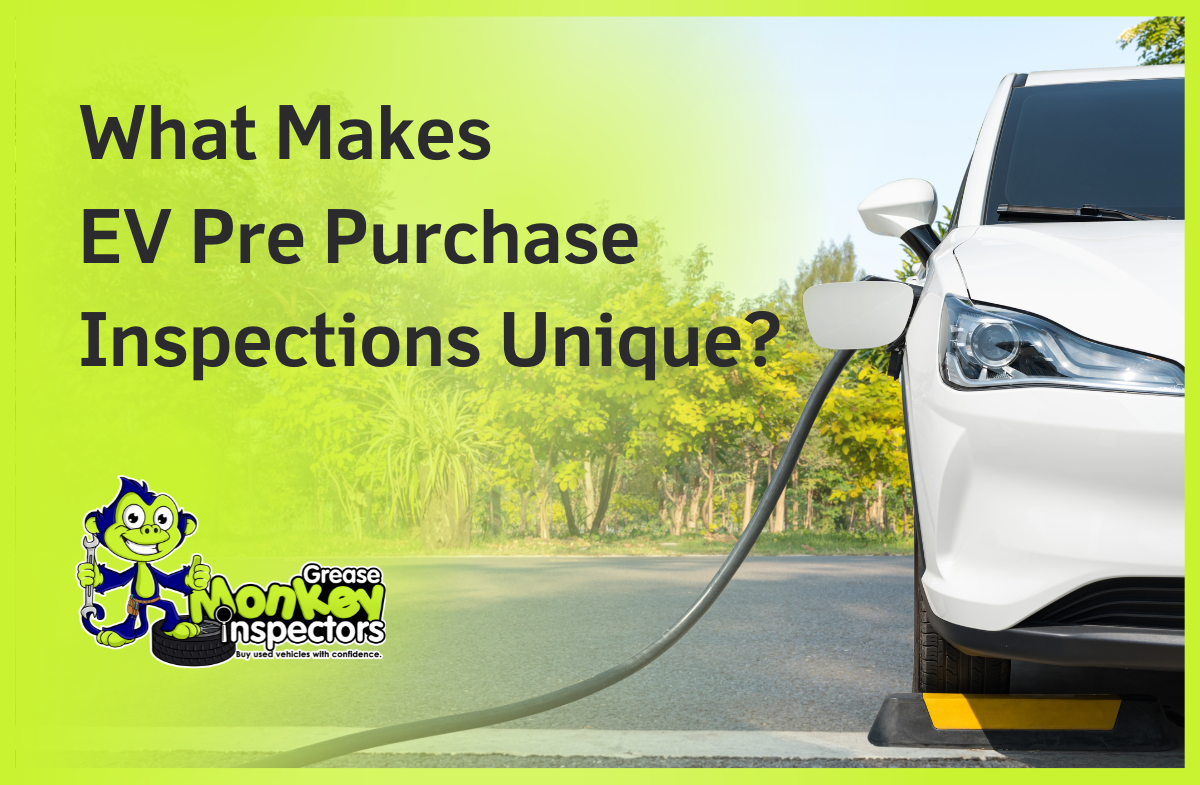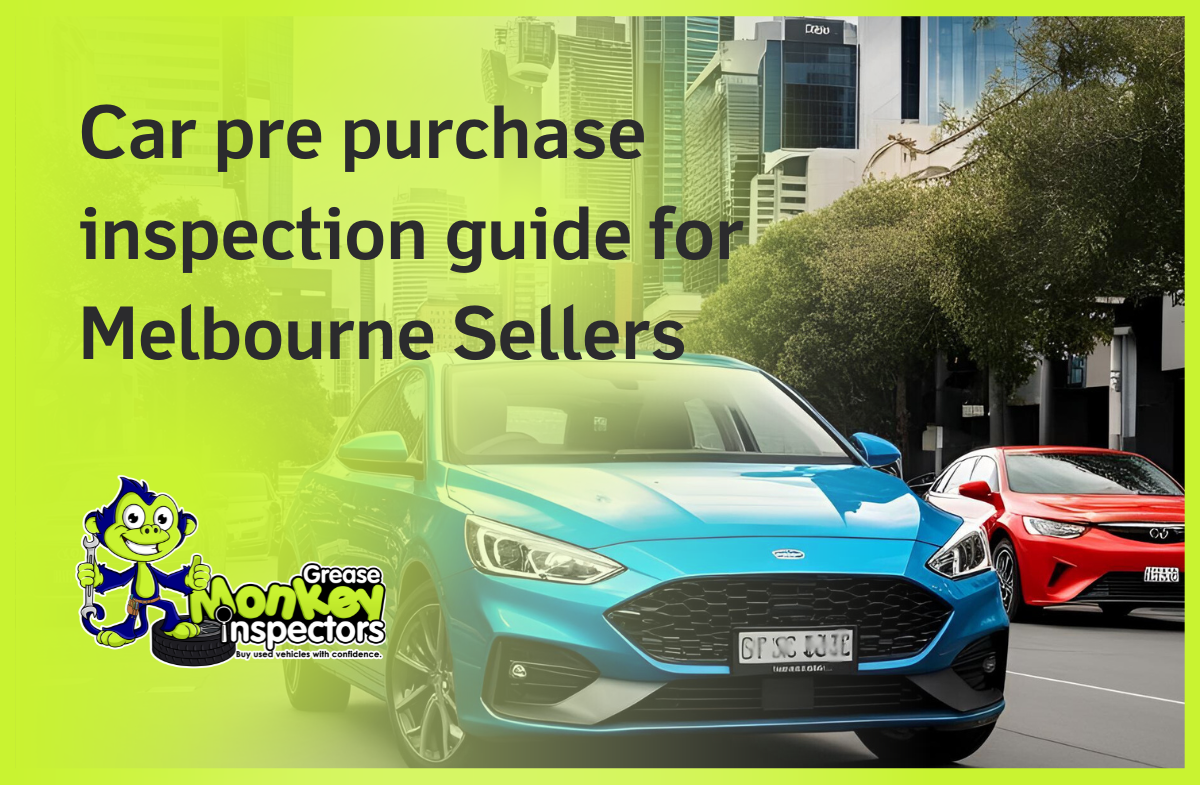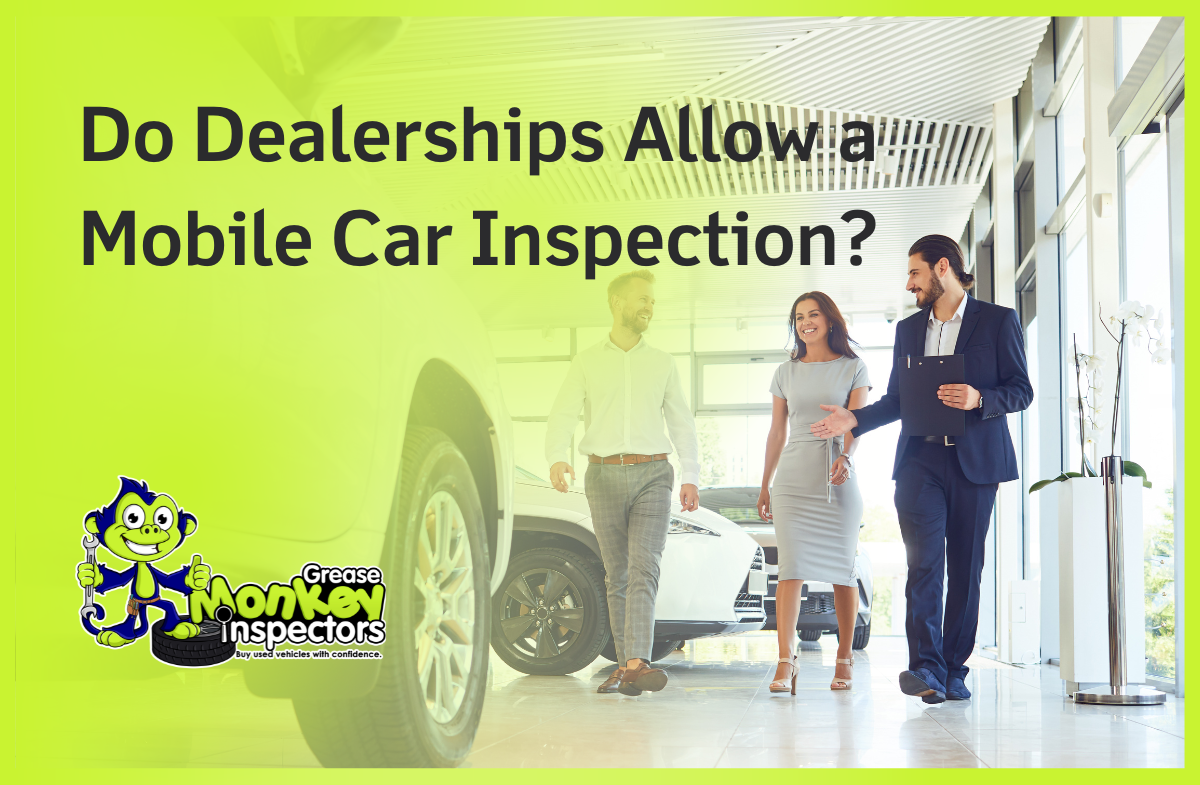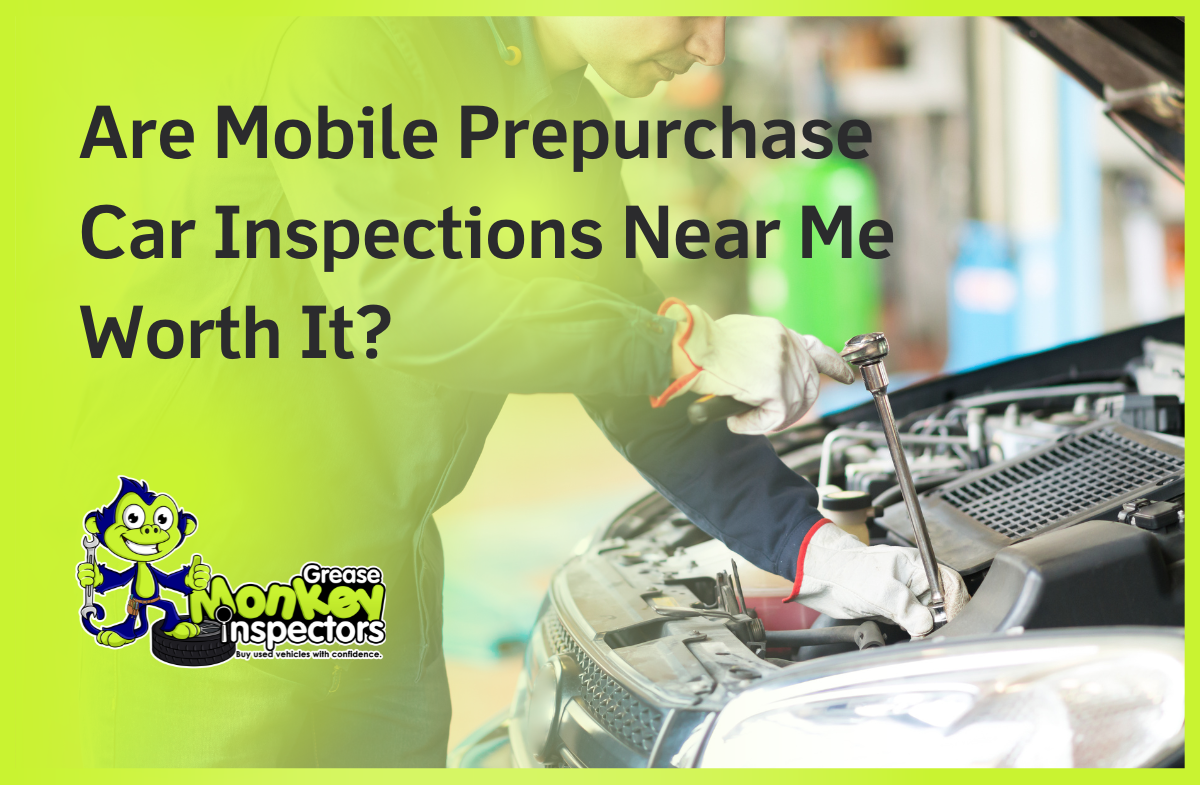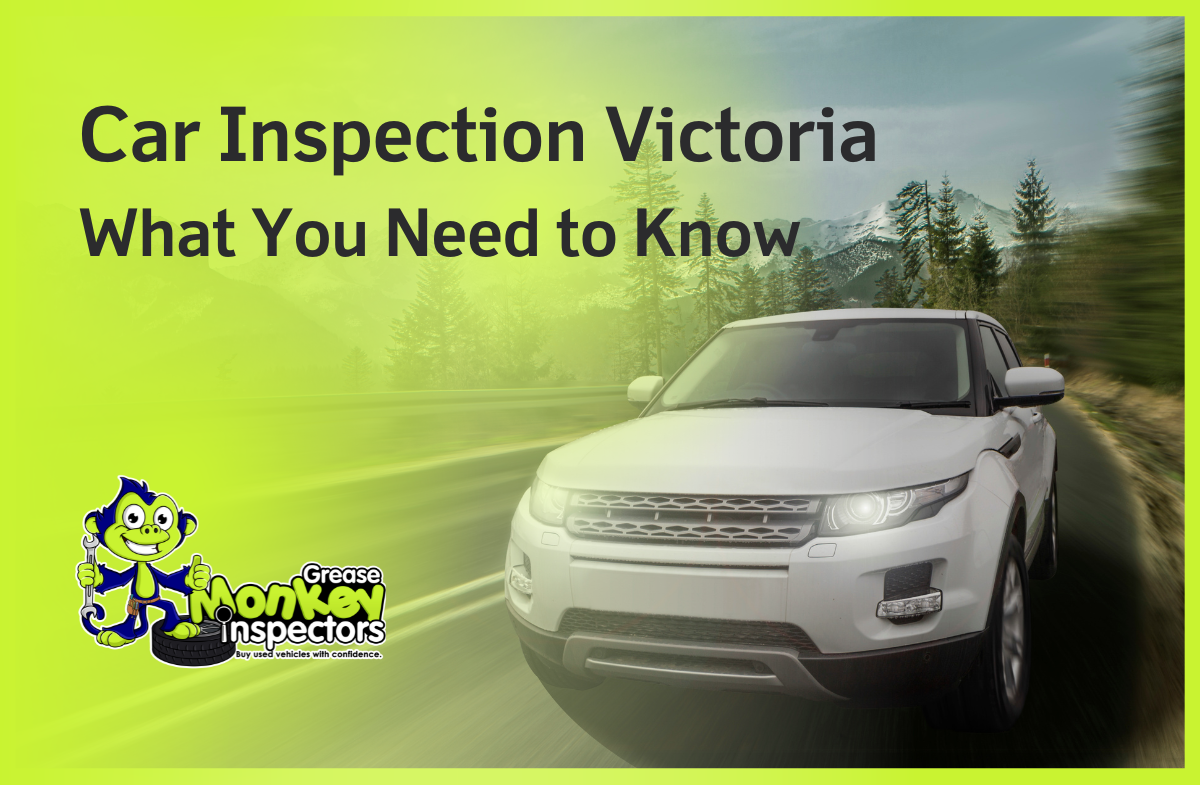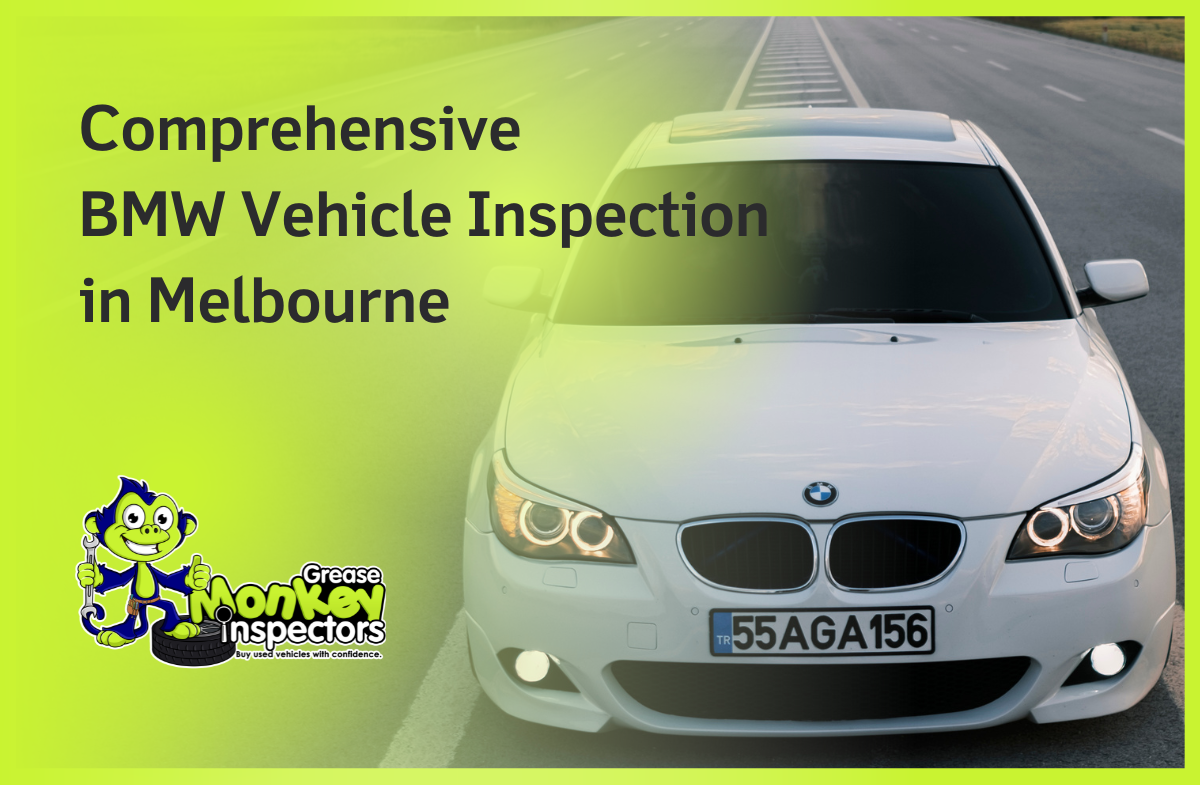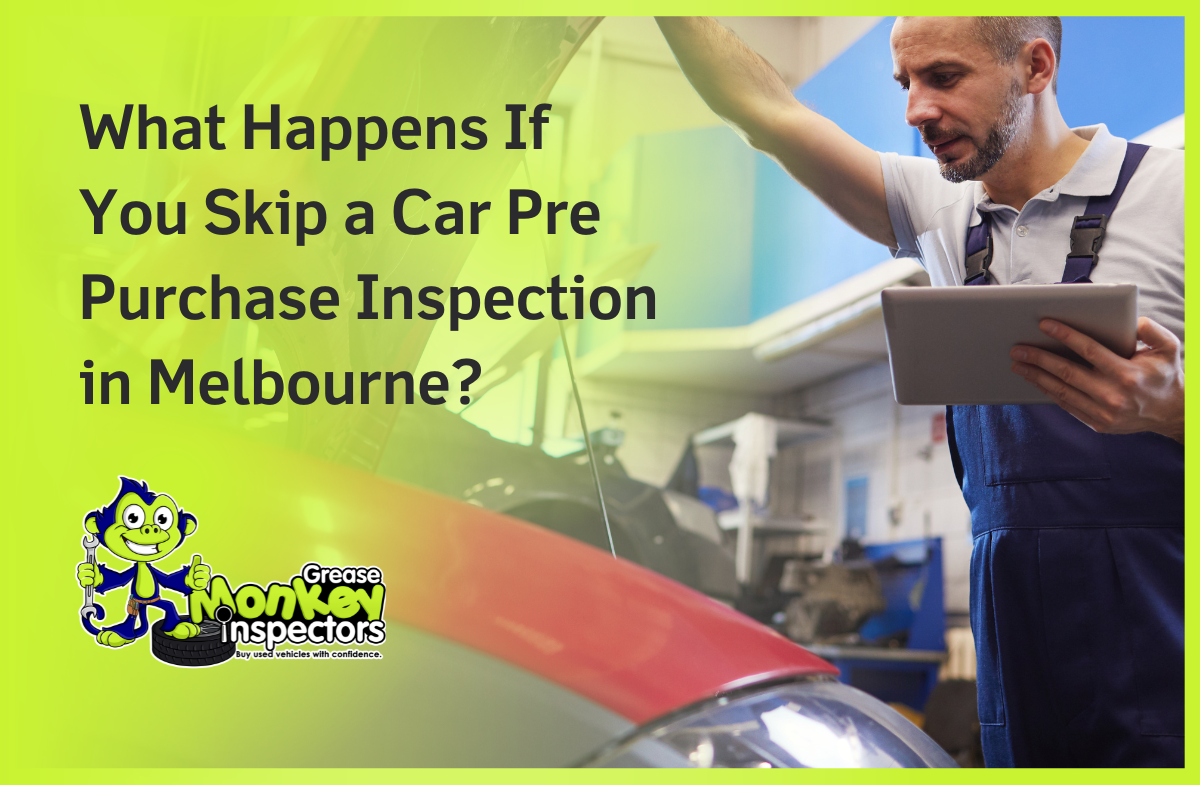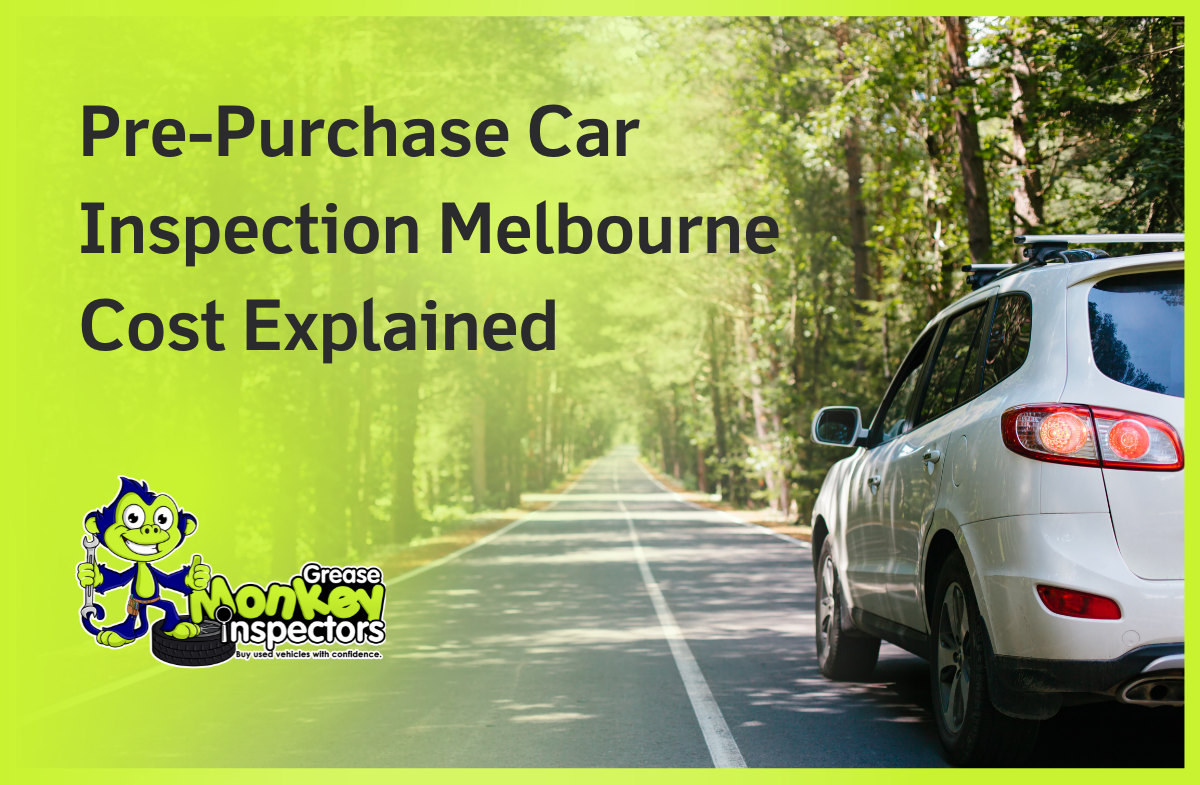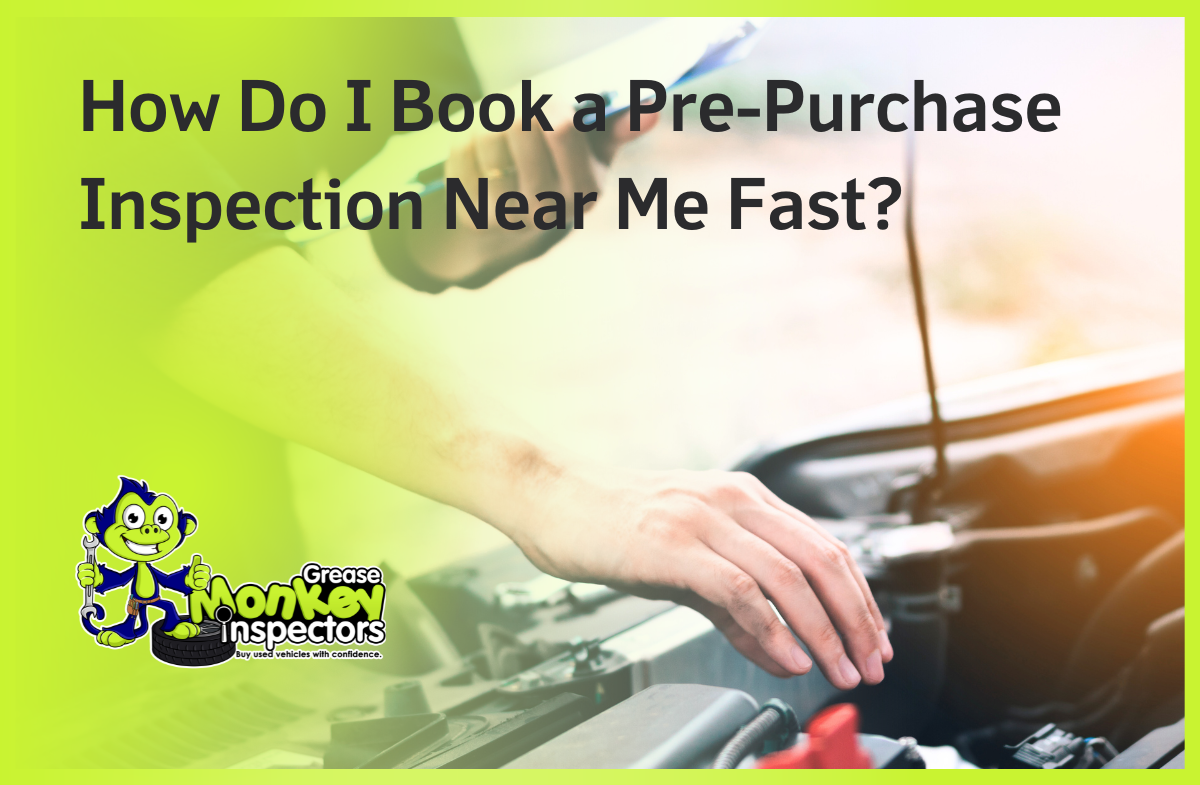When buying a pre-owned electric vehicle, you need a proper EV pre purchase inspection by an expert. To make a wise purchase in Melbourne, here’s why EV pre purchase inspections, such as what Greasemonkey Inspectors offer, are important.
Why EV-Specific Inspections Matter?
Electric vehicles are packed with advanced technology and components that are outside the expertise of typical car mechanics. Here’s how an EV inspection is different:
- Battery Health: The battery constitutes the backbone of an EV. Inspections verify its condition, capacity, and charging efficiency to ensure longevity, as a deteriorating battery can greatly affect performance and replacement costs.
- Electric Drivetrain: EVs lack the combustion engines found in conventional cars. Inspectors look at the electric motor, inverters, and associated components to note any signs of wear.
- Charging System: Ensuring that an EV’s charging system, including connectors and onboard chargers, functions are crucial for everyday usability.
- Software and Diagnostics: EVs rely heavily on software for performance. Pre-purchase inspections entail complex diagnostics to reveal issues with sensors, firmware updates, or fault codes that may not be visible to the average buyer.
Comprehensive EV Pre Purchase Inspection Process
At Greasemonkey Inspectors, our Melbourne EV pre-purchase inspections give customers peace of mind. Here’s what our experienced process involves:
- Battery and charging system check
- Outside and inside assessments
- Underbody and drivetrain analysis
- Professional ecu diagnostics
- Road testing
Also read – Hybrid and Electric car maintenance tips for Melbourne owners
Pre Purchase Inspections | Why Book with Us?
Greasemonkey Inspectors is the trusted choice for used car pre purchase inspections in Melbourne. Our service provide:
- On-site convenience with mobile car inspection in Melbourne
- Over 250+ detailed checkpoints
- Reports showing pictures, videos, and repair quotes
- Expertise designed specifically for EVs.
You’re in the hands when working with dedicated professionals of Greasemonkey Inspectors, offering mobile services and speedy results. Don’t leave your next EV purchase to chance. Book your inspection today and drive away with complete confidence.

